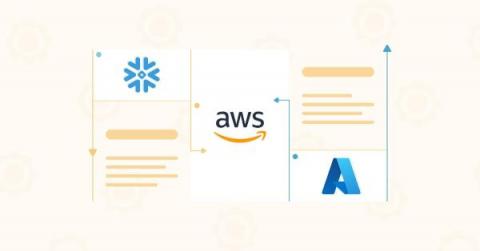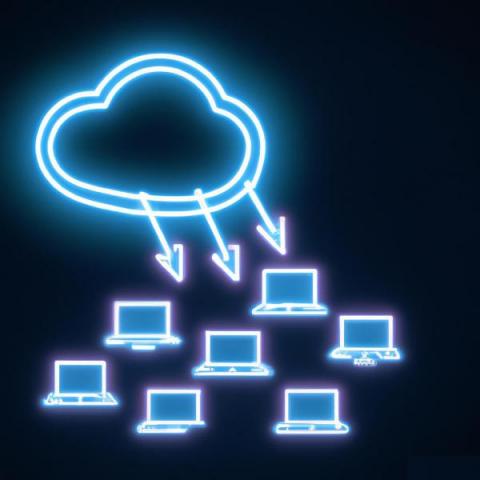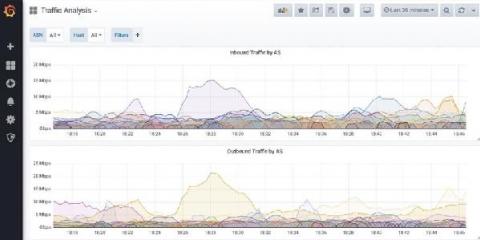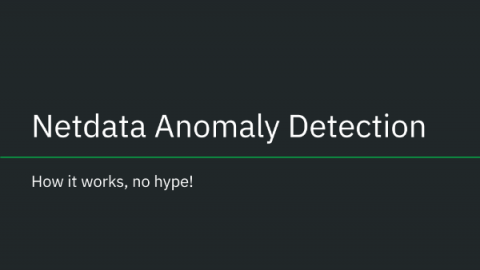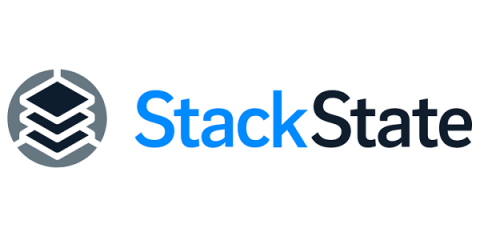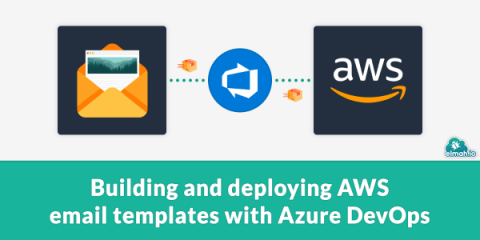Operations | Monitoring | ITSM | DevOps | Cloud
Latest News
Snowflake Vs. AWS Vs. Azure: Which Should You Use?
What is Cloud Repatriation?
In the modern digital age, the migration of data and applications to the cloud has been a significant trend, prompted by the promise of increased efficiency, scalability, and reduced IT costs. Cloud services such as Microsoft’s Azure Cloud have become increasingly popular, offering a host of services including computing power, storage solutions, and advanced analytics.
Head-to-Head: Active Directory vs. Azure Active Directory - Which One Wins?
When it comes to identity and access management solutions, two names that often come up are Active Directory (AD) and Azure Active Directory (AAD). While many people are familiar with AD, AAD is still a relatively new concept to some. In this article, we will take a deep dive into both directories and explore their similarities, differences, pros, cons, and everything in between.
Best Grafana dashboard for Graphite Metrics
It is an old cliche adage, but there is no better statement than “a picture is worth a thousand words” that explains the effectiveness of visuals to deliver a message. Especially, in the data domain where a raw message often exists in numbers, visualizing graphs and charts is the best way to share information. When it comes to visualizing metrics from Graphite, there is no solution that can beat Grafana.
How Runbook Automation can Simplify CloudOps Use
.Organizations in every industry continue their transition to cloud services, and while this may be a step forward in general, it does bring with it its own unique set of challenges. Cloud use, and in particular CloudOps, relies on a complex and intricate infrastructure which is difficult to manage and maintain, and it's a critical part of keeping a business' networks functioning. This makes finding a way to simplify the use of CloudOps a top priority for many businesses, but does a solution exist?
How Netdata's ML-based Anomaly Detection Works
How does Netdata's machine learning (ML) based anomaly detection actually work? Read on to find out!
Feature Spotlight: Kubernetes Dependency Maps and Real-Time Topology
This blog dives into detail about one of StackState’s most unique and powerful features, Kubernetes dependency maps. Dependency maps are Kubernetes service and infrastructure maps, enhanced with real-time topology, that show dependencies between all components at any moment in time.
Continuous Delivery Pipeline for Kubernetes Using Spinnaker
Kubernetes is now the de-facto standard for container orchestration. With more and more organizations adopting Kubernetes, it is essential that we get our fundamental ops-infra in place before any migration. In this post, we will learn about leveraging Jenkins and Spinnaker to roll out new versions of your application across different Kubernetes clusters.
Building and deploying AWS email templates with Azure DevOps
This is the third and final post (for now) in the series about developing email templates with MJML and deploying them to AWS. In the previous post, we developed a Gulp script to automatically build HTML from the MJML file and insert it in a template file for AWS. In this post, we will set up an automated build and deployment of the email template using Azure DevOps. A quick recap.



